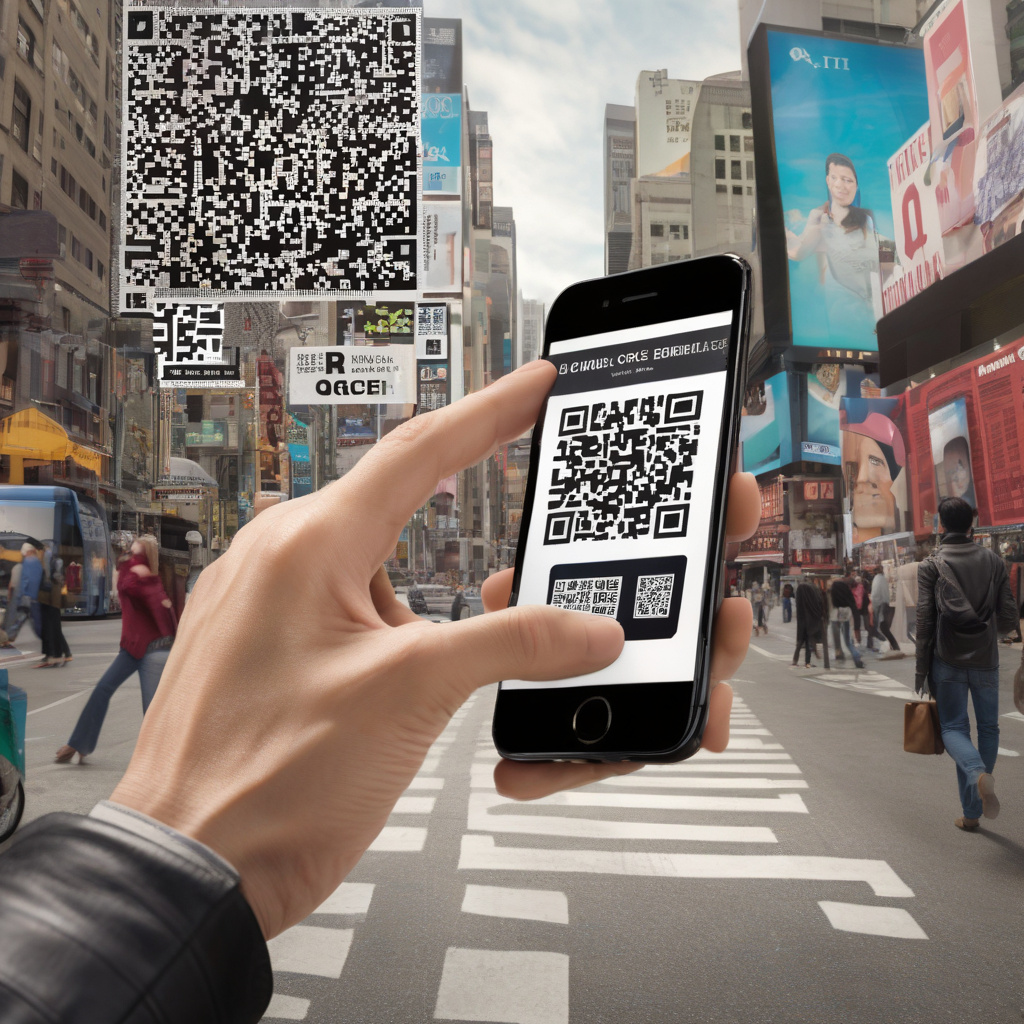The Rise of QR Code Payments: A $8 Trillion Opportunity
In the ever-evolving landscape of digital transactions, QR code payments are poised to make a significant impact. According to a recent study by Juniper Research, global QR code payment transactions are set to skyrocket by 50% over the next four years, reaching a staggering $8 trillion by 2029. This surge underscores the growing popularity and adoption of QR codes as a convenient and secure payment method in various industries.
One of the key factors driving this exponential growth is the widespread use of smartphones equipped with built-in QR code scanners. Consumers today are increasingly comfortable with using their mobile devices for a wide range of tasks, including making payments. The simplicity and speed of QR code transactions make them an attractive option for both businesses and consumers alike.
QR code payments offer a seamless and contactless experience, which has become especially crucial in a post-pandemic world where hygiene and safety are paramount. By simply scanning a QR code displayed at a checkout counter or on an invoice, customers can quickly authorize payments without the need to handle physical cash or cards. This not only streamlines the payment process but also enhances security by reducing the risk of fraud and unauthorized access to sensitive financial information.
While QR code payments continue to gain momentum, they are not without competition. Near Field Communication (NFC) technology presents a formidable alternative in the digital payment arena. NFC enables secure communication between devices in close proximity, allowing for convenient tap-and-go transactions. Popular mobile payment services like Apple Pay and Google Pay leverage NFC technology to provide users with a quick and secure way to make purchases.
As QR code payments soar to new heights, the looming presence of NFC technology adds an interesting dimension to the digital payment ecosystem. While QR codes offer versatility and cost-effectiveness, NFC provides unparalleled speed and convenience for users. The coexistence of these two technologies presents businesses and consumers with a diverse array of payment options tailored to their specific needs and preferences.
In conclusion, the projected $8 trillion milestone for QR code payments signals a significant shift in the way transactions are conducted globally. As businesses continue to embrace digital payment solutions, the competition between QR codes and NFC technology is set to intensify, ultimately driving innovation and enhancing the overall payment experience for users. Whether you prefer the simplicity of scanning a QR code or the convenience of tapping your phone, the future of digital payments is undeniably exciting and full of possibilities.

